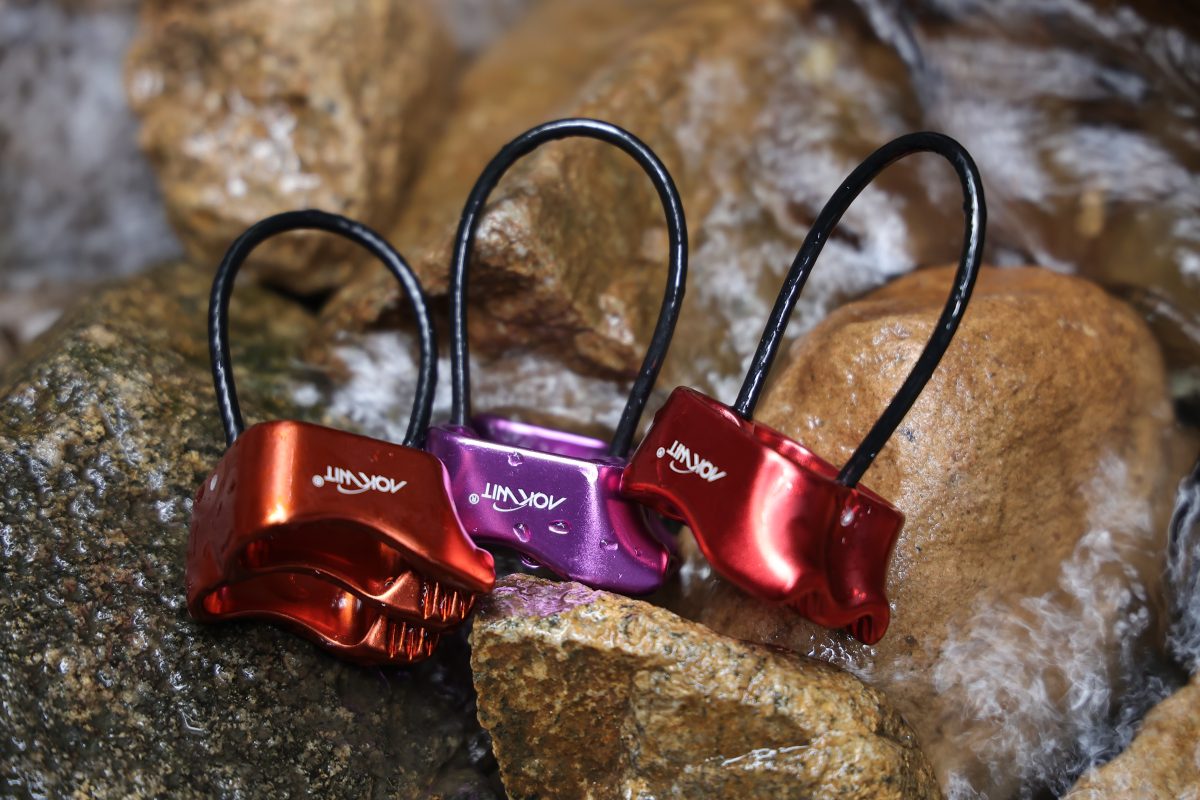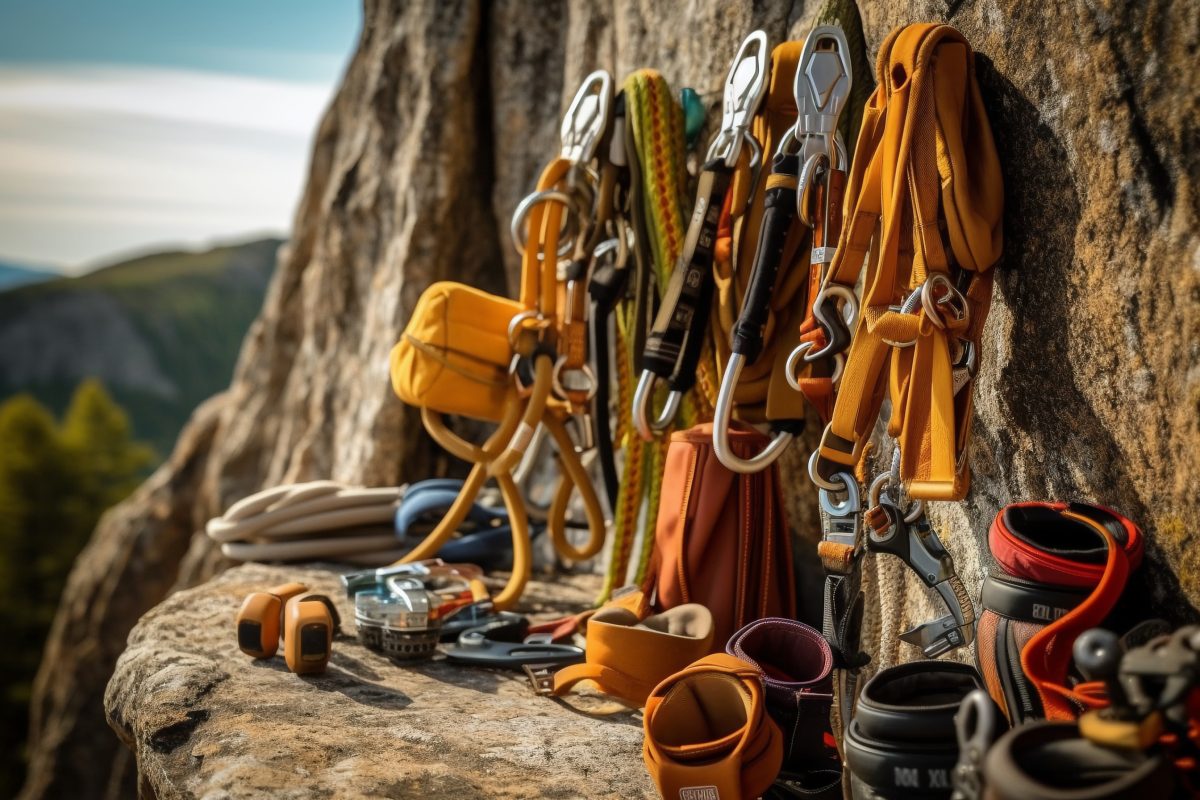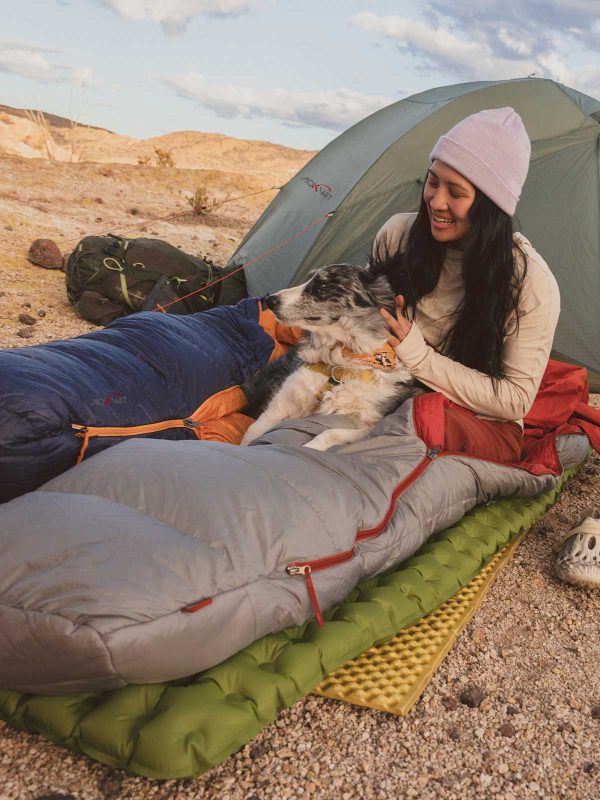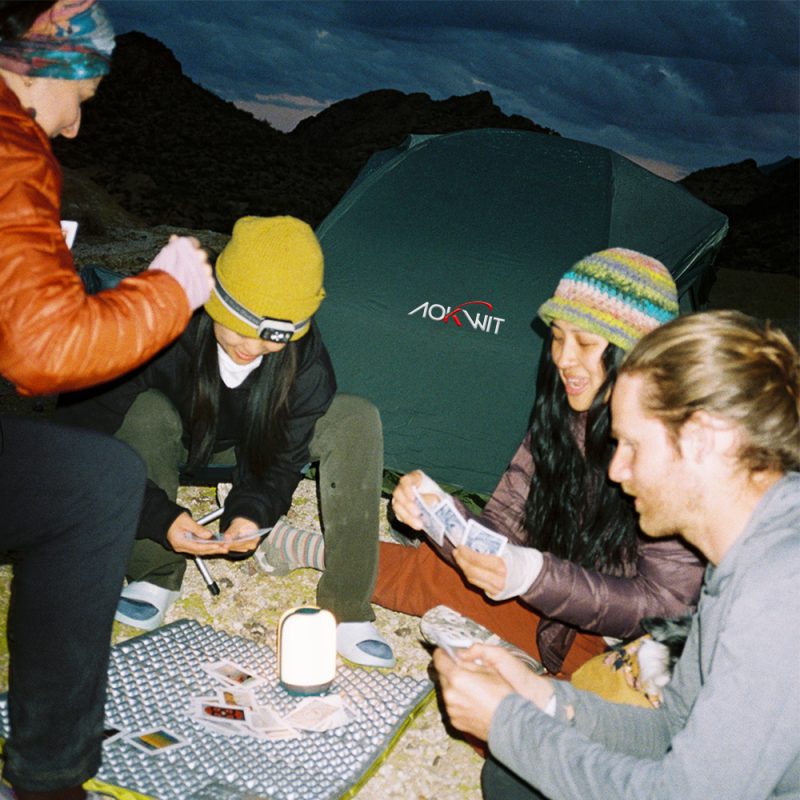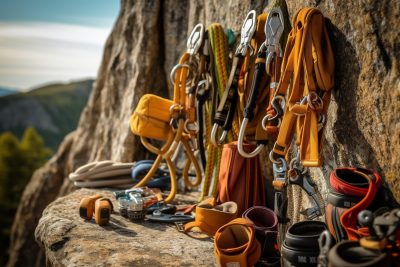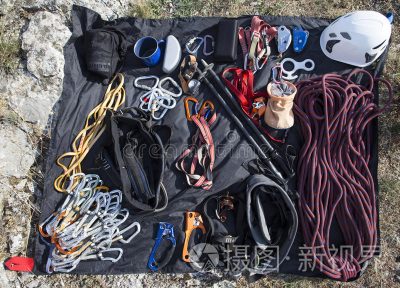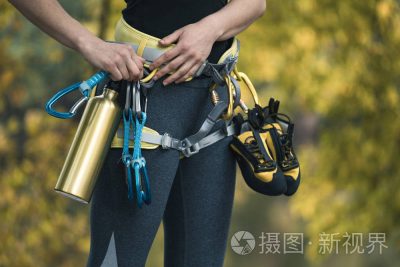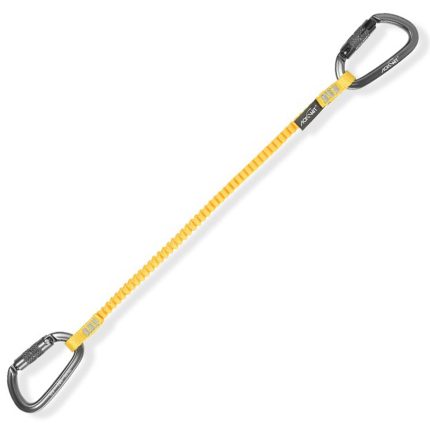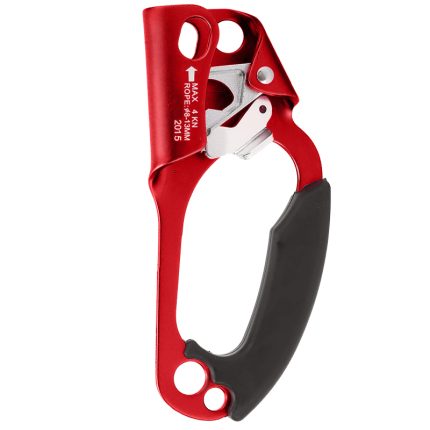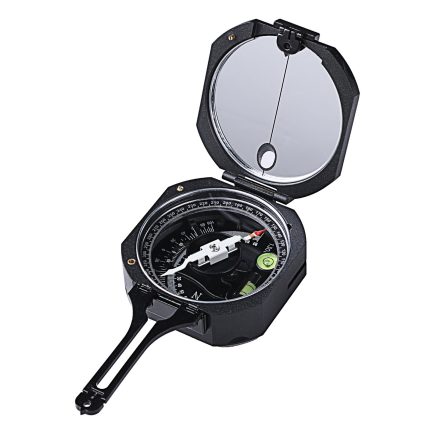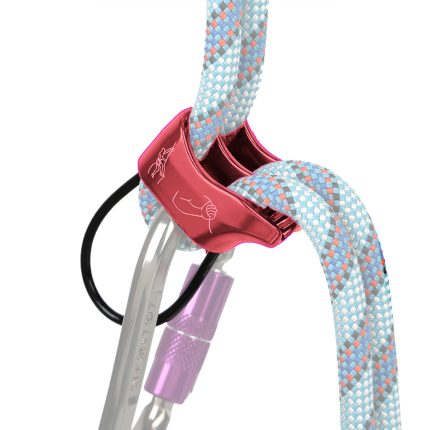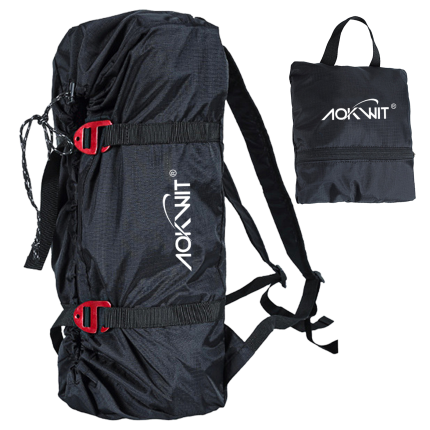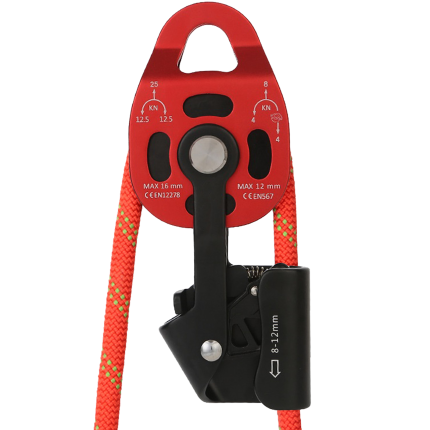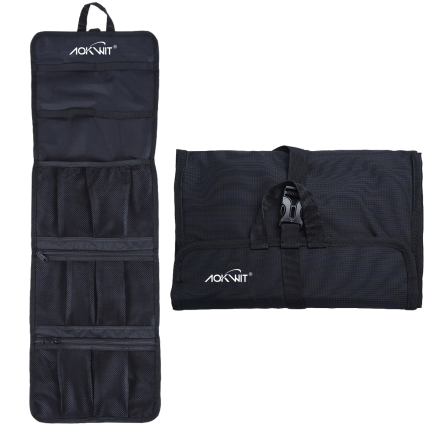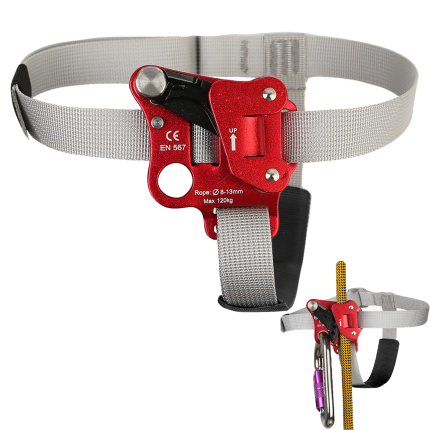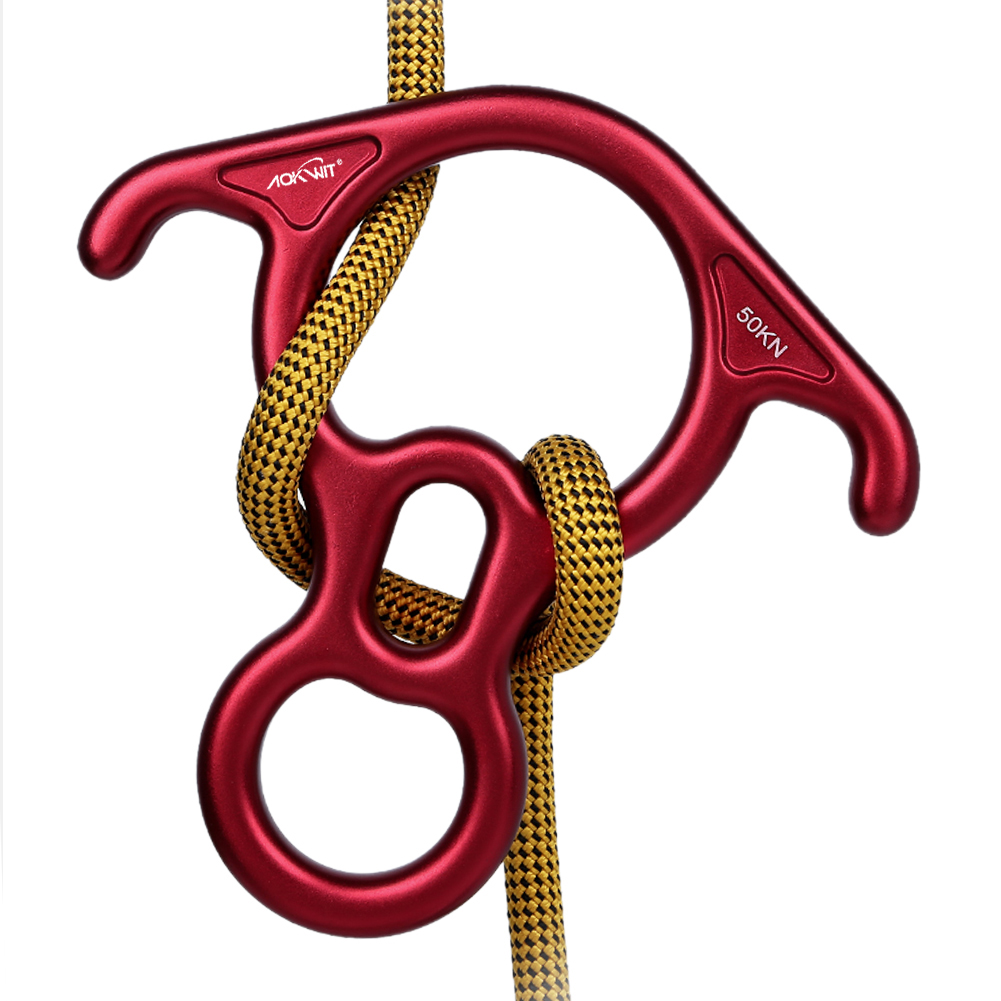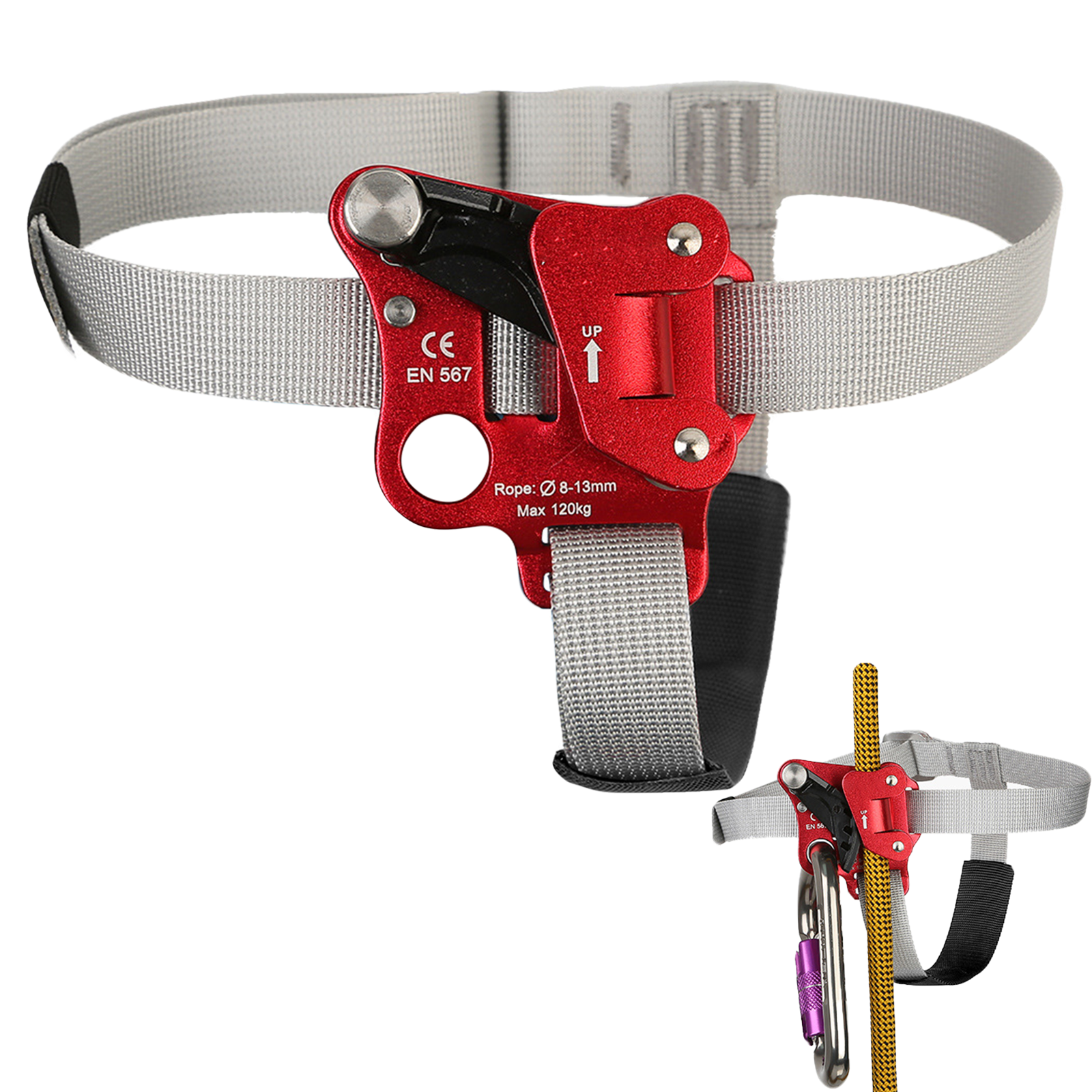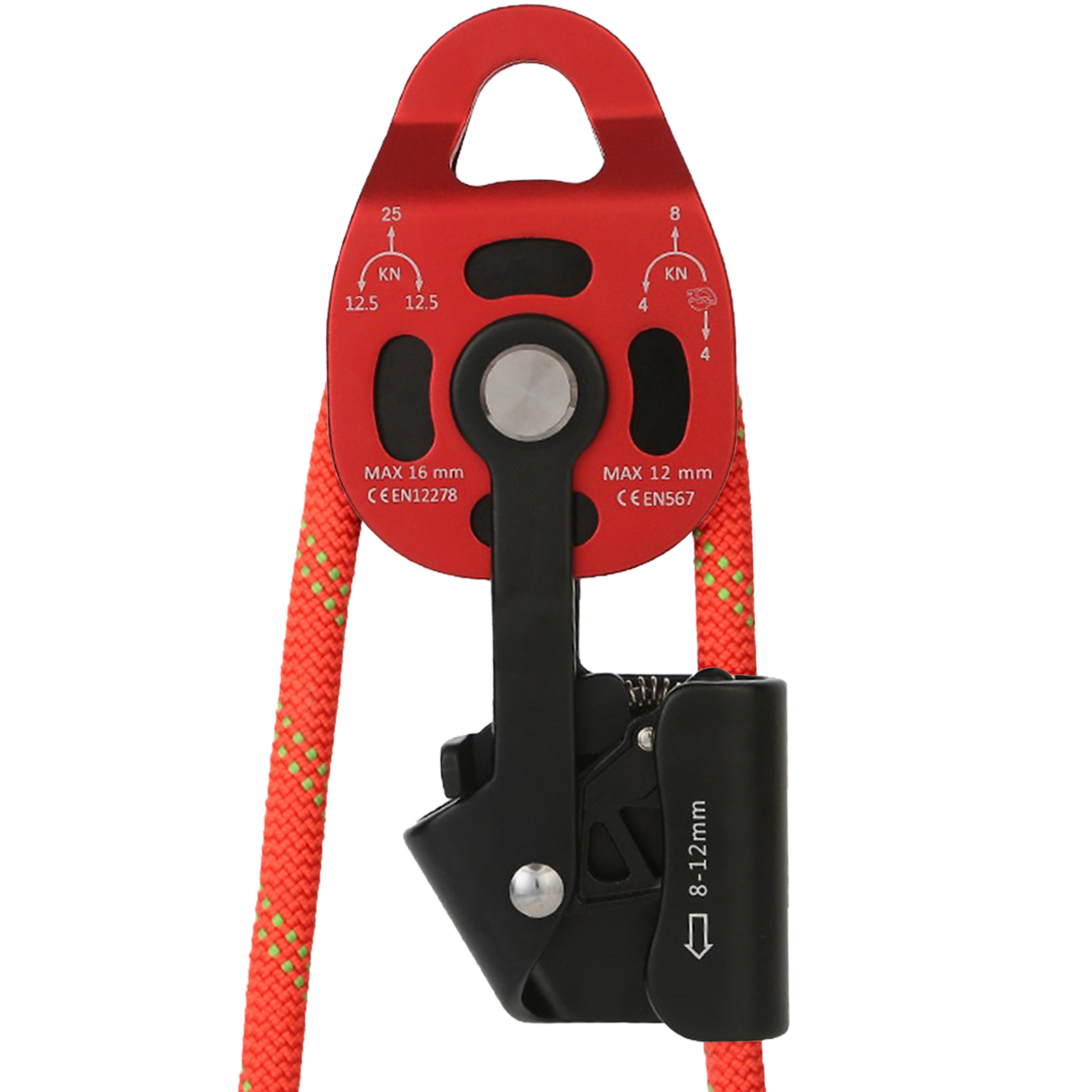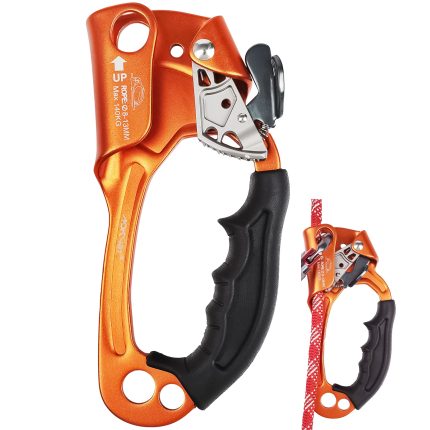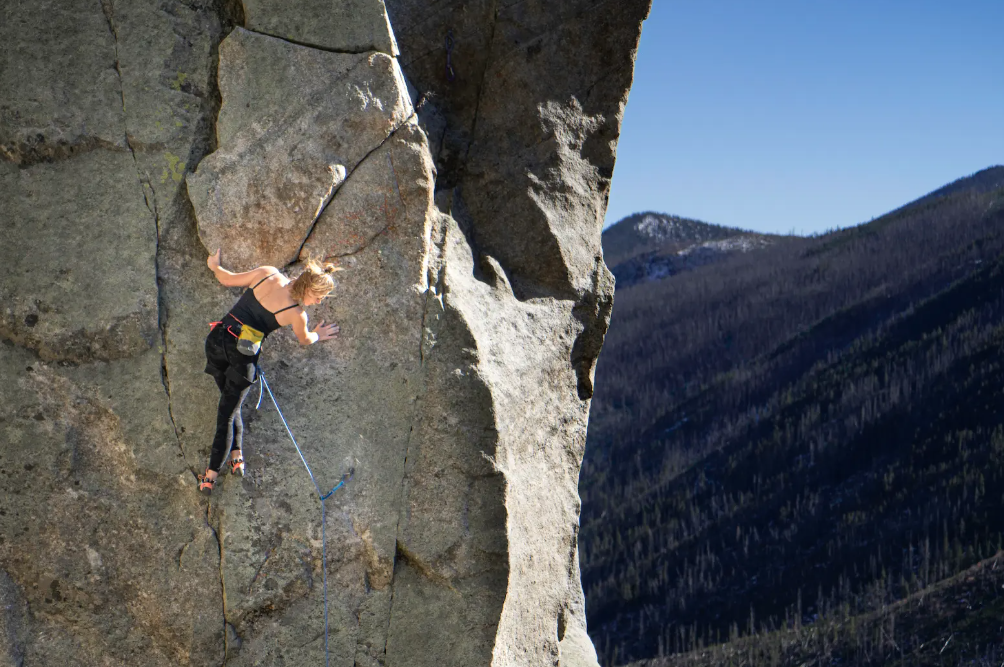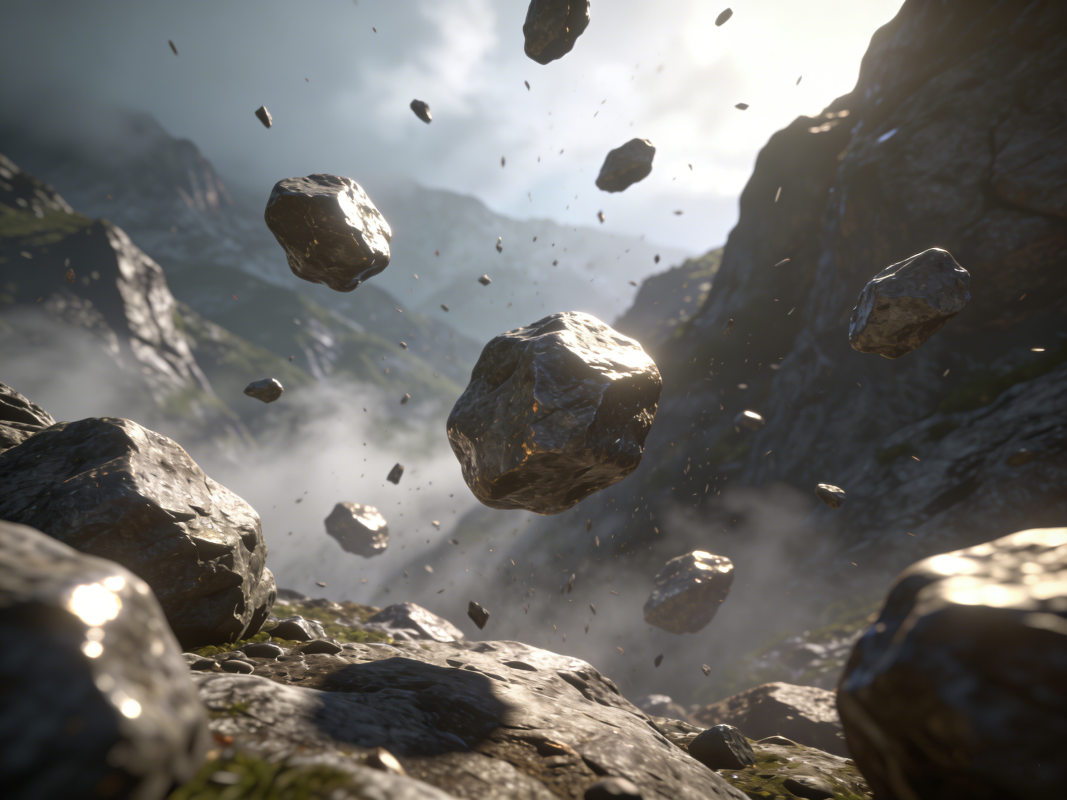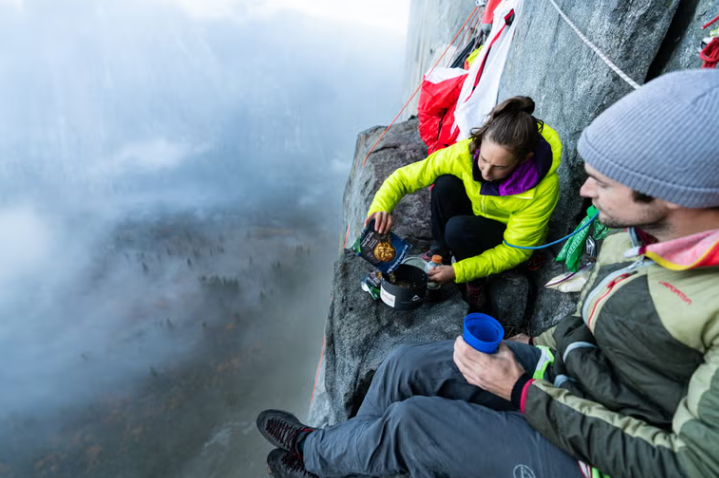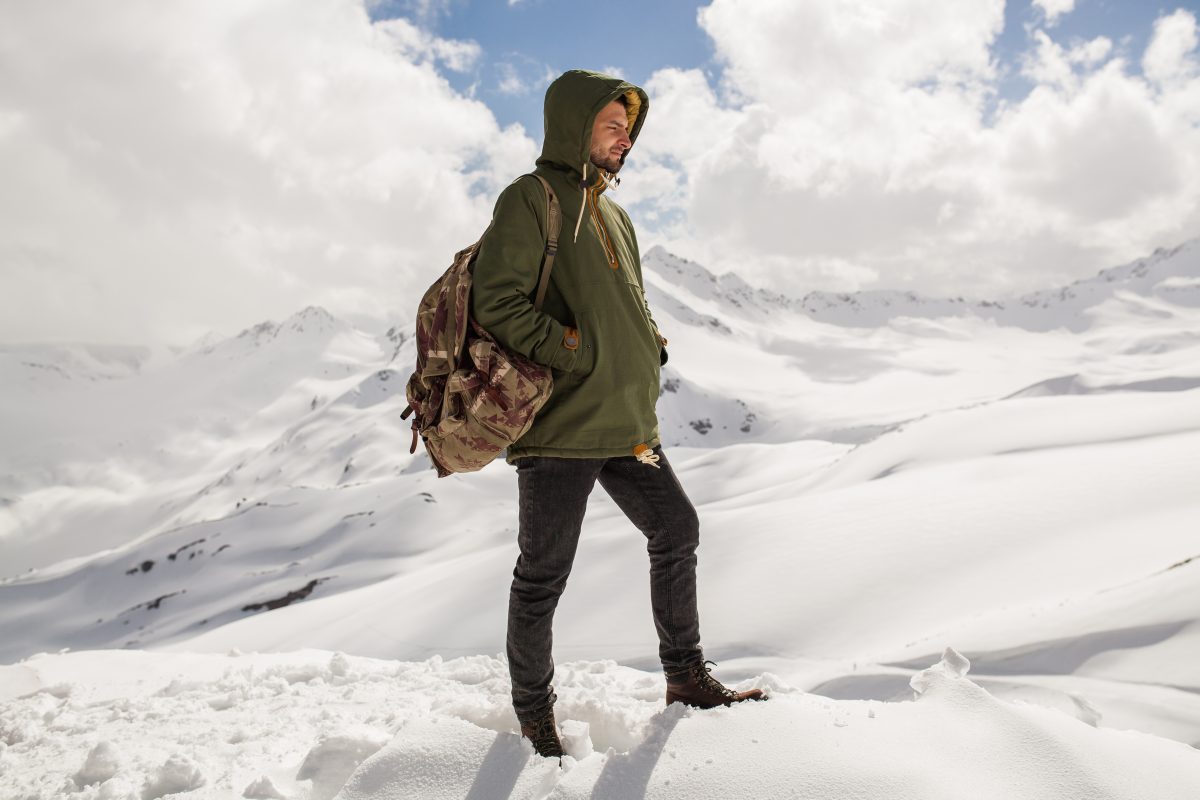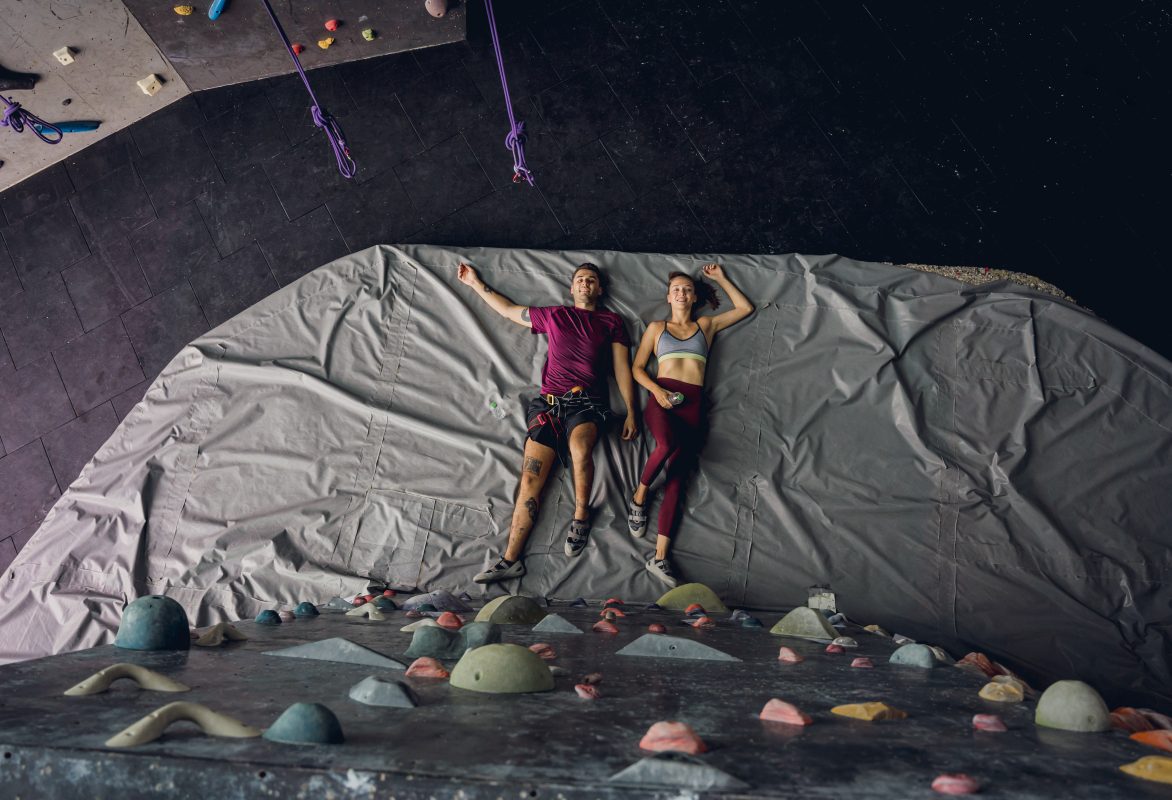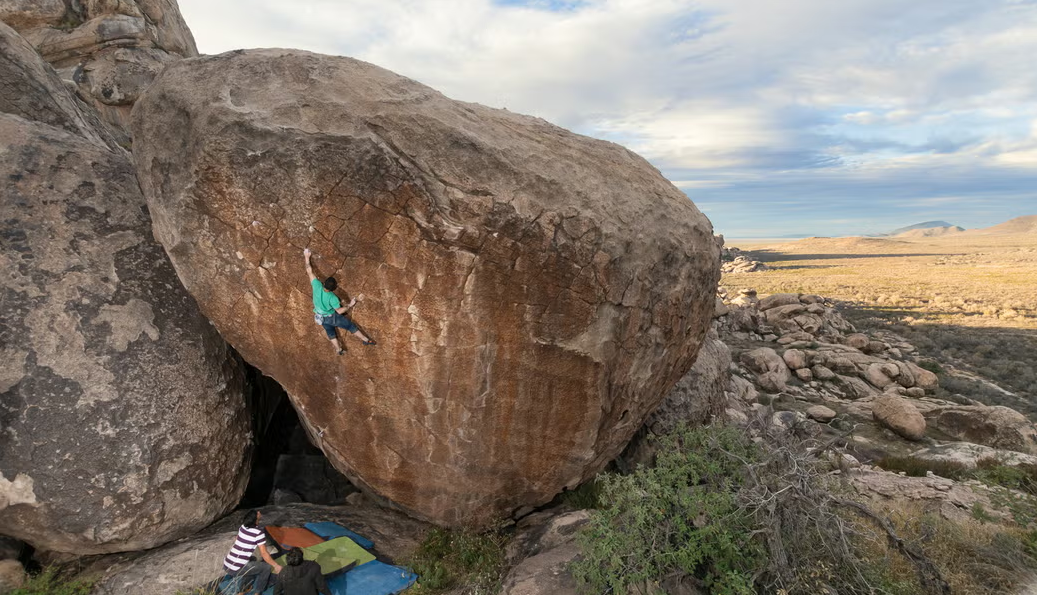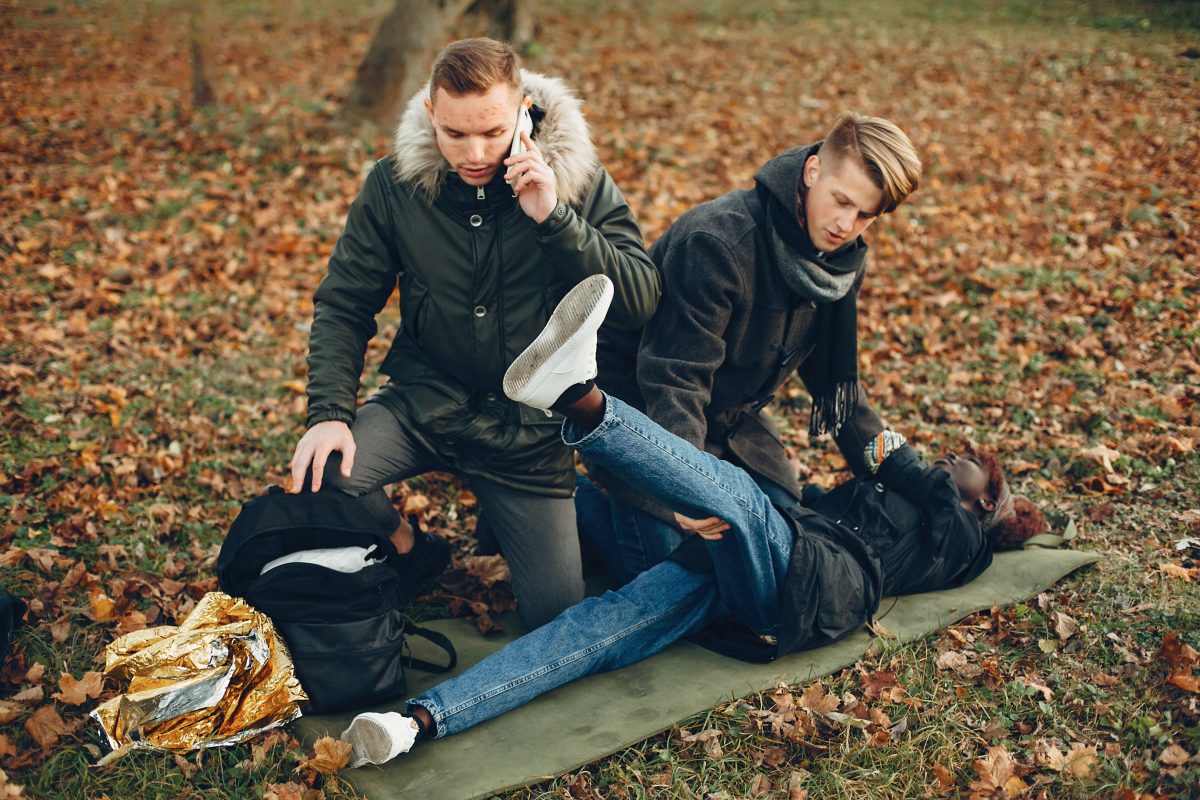Understanding 15 Rock Climbing Styles Worldwide: Find Your Climbing Niche
1. Free Climbing

Thrill Level: ★★★
Skill Level: ★★★★
Cost Index: ★★
From a technical perspective, free climbing is the foundation of all climbing disciplines. Broadly defined, it involves a climber ascending available terrain using only natural features like cracks, pockets, and overhangs for hand and foot placements.
No protective equipment like ropes, bolts, or pitons are used for progression; gear is solely for protection to minimize injury in case of a fall.
The goal is to rely on the climber’s physical ability to utilize natural features to complete a route.
Many routes once only possible via aid climbing have been “freed” as free climbing standards have risen.
2. Free Soloing

Thrill Level: ★★★★★
Skill Level: ★★★★★
Cost Index: ★
Free Soloing, meaning “unprotected solo climbing,” differs fundamentally from Free Climbing in that it involves ascending a route completely alone and with no protective equipment whatsoever.
For the soloist, it’s an immense adrenaline rush and a deeply personal experience; for spectators, it’s a unique spectacle within the climbing world, embodying pure creativity. To many others, however, it’s seen as a madman’s feat, as a fall means certain death.
Free Soloing is a solo performance for oneself and the rock, combining highly refined climbing skills, extensive experience, clear rational judgment, and an extreme approach.
It breaks conventions and delivers an intensely passionate vitality. It’s so inherently risky and thrilling that it’s unimaginable until proven possible.
This pursuit belongs only to those possessing extraordinary climbing ability and experience.
Alex Huber, who established the hardest free solo (5.14a), said: “I feel there’s nothing that makes my life shine like free soloing. When I’m soloing, all my thoughts are focused solely on the climb; nothing else exists.
My world is just a few square feet, on the next hold. I’m confident in controlling fear; perhaps it evaporates here. Nothing makes me nervous… Your life is the ultimate stake, so Free Soloing is more thrilling than other forms of climbing.
The most important thing is confidence. I assess myself; when I do this, I can control the difficulties – this confidence is essential. I don’t need special meditation to focus; intense experience makes you concentrate automatically, 100%.
I love my life, so I always conquer death with my hands and feet. Precisely because I love life, I want it to be rich and colorful. I only go Free Soloing when I feel in control.”
In May 2002, when “rock climbing” was still a novel concept for many Chinese, Chen Hui achieved China’s first significant Free Solo ascent on the “Monument” route at Beijing’s Baihe.
Reflecting on the experience, Chen Hui stated: “I decided to free solo, but only after ten years of preparation.
During the climb, my mind was solely on climbing, nothing else. Attention was completely focused between hand and foot movements; I had almost no sense of height, only feeling it when stopping to recover. This style is pure, unadulterated climbing, a special kind of enjoyment.”
3. Mixed Climbing

Thrill Level: ★★★
Skill Level: ★★★
Cost Index: ★★★
Mixed Climbing involves a blend of ice climbing, rock climbing, and snow slope travel. While sometimes perceived near cities as simply combining ice and rock climbing, its essence lies in the mixed application of techniques in snowy and icy environments.
Within modern mountaineering, alpine climbing gave rise to ice and rock climbing, whose development then spawned new technical styles like Mixed Climbing.
International assessment of expedition-style mountaineering achievements often uses mixed climbing as a benchmark, considering factors like rock difficulty grade, aid climbing sections, ice difficulty grade, snow conditions, and objective hazard.
The letter “M” denotes the overall mixed climbing difficulty rating.
Currently, the highest Mixed grade is M14. On large mixed faces like the Eiger North Face, climbers equipped with mountaineering boots, ropes, ice screws, snow pickets, nuts, cams, ice axes, crampons, belay devices, harnesses, carabiners, and slings use Mixed Climbing to reach the summit.
Additionally, DRYLANDS near Innsbruck, Austria, is one of the world’s hardest Mixed routes.
4. Via Ferrata (Iron Way)

Thrill Level: ★
Skill Level: ★
Cost Index: ★★
Via Ferrata involves climbing along pre-installed “iron ladders” or suspension bridges on ridges or rock faces, with fixed cables for protection. Originating in World War I for safer, faster troop movement over mountains, it’s known in Europe as VIA FERRATA (Italian for “iron path”).
Post-war, this style gained popularity, evolving into a widely loved sport across Europe. Today, thousands use it annually to ascend big walls and experience the thrill of conquering fear.
Outdoor rock climbing demands physical fitness and technical skill, posing risks for children or beginners. Via Ferrata retains the excitement while serving fitness and mental challenge goals, significantly reducing technical demands.
The essential gear – helmet, harness, and Y-shaped lanyards with energy absorbers – is simpler than rock climbing equipment. A headlamp is needed for night activities.
5. Knot Climbing (Clean Climbing / Ethic Climbing)

Thrill Level: ★★★★
Skill Level: ★★★★
Cost Index: ★★★
Knot Climbing (also known as Clean or Ethic Climbing) involves ascending rock faces using only slings tied with various knots for protection, eschewing metal gear and chalk.
On Czech Republic’s Sandstone towers, climbers’ slings and knots replace metal cams and nuts. While the knots appear simple, they are meticulously placed into rock fissures for protection.
Like most climbers, I’m deeply curious about sling strength, knot placement in cracks, and security during falls. Knot climbers are seen as avant-garde artists reviving a distinct classicism.
This “extreme ethics” approach parallels environmental art highlighting climate change. Knot climbing connects deeply with both climbing culture and mountain wilderness preservation.
Czech Sandstone is soft; metal gear damages the rock and can split placements when weighted, causing failure. Knots, being compressible and flexible, deform under load to create secure anchors within the rock.
Early climbers prioritized summiting, often hammering pitons regardless of impact.
Today, debates focus on style ethics: environmental impact, “purity,” piton use, and permanent bolts on big walls, reflecting a desire to preserve the natural climbing world.
6. Tree Climbing

Thrill Level: ★★
Skill Level: ★★
Cost Index: ★★
Tree climbing isn’t scrambling up trees using legs and arms – that’s primitive and ineffective on large trunks. True Tree Climbing resembles rock climbing, using specialized rope and harness systems designed to protect both climber and tree.
While rock climbing emphasizes self-challenge, tree climbing focuses on connecting with nature and self-release.
Suitable for all ages and builds, practitioners abroad range from over ninety to three or four years old.
Beyond being a versatile outdoor activity, it fosters learning to coexist with nature and builds community.
Reaching the treetop conquers inner fears and mental barriers, opening a new perspective to experience life’s beauty and nature’s wonder. Seeing the world from a different angle evokes profound emotional impact.
7. Deep-Water Soloing (DWS)

Thrill Level: ★★★
Skill Level: ★★
Cost Index: ★★
Deep-Water Soloing (DWS) is unprotected climbing on rock faces over deep water, where falling provides the protection.
It’s an offshoot of free soloing. Like slacklining invented on rainy days, DWS’s origins are murky but easily imagined: climbers traveling in summer, finding a cliff above safe water depth – perfect!
No gear, no rope, just climbing shoes for free climbing bliss. Could anything be more delightful?
The prerequisite, of course, is comfort in water (sea or river). While falling is usually avoided in climbing, it’s an integral part of DWS.
Landing balanced like a cat leads to a joyful splash; tumbling like cargo risks choking or painful slaps. Bring friends! Joy comes from sharing, and they can help if trouble arises.
In September 2006, superstar Chris Sharma made history by establishing the first ascent of Es Pontàs (5.15b), a DWS route requiring a 2-meter dyno he tried 50 times. Es Pontàs, an orange-red rock arch magically floating on the Mediterranean, is the world’s most iconic DWS spot.
Sharma said: “Climbing above that sea always feels comfortable and free. Calm horizon, calm sea. A blue water carpet beneath me is incredibly relaxing.”
If Free Soloing is for an elite few, DWS is accessible to most enthusiasts. In September 2007, our editors joined Beijing climbers like Sun Bin and Molin for DWS at Suizhong’s Jieshi, Liaoning. Despite complex underwater reefs, everyone had fun.
Discussing DWS, Sun Bin noted: “Safety is always core in climbing. Different styles – sport, trad, bouldering – require focus on gear like nuts, bolts, quickdraws, ropes, pads, belayers, inevitably limiting deeper experience and imagination. DWS frees us from this.
Any rock above water in summer (outside places like Vietnam or Thailand) can be a playground, restoring lost freedom.
We focus purely on movement, immersed in the joy of interacting freely with rock. Falling, free-falling with a scream, tracing an arc before merging with warm water – that experience is uniquely unforgettable.”
Recommendations: Spain’s Mallorca coast offers many DWS routes, notably Es Pontàs.
Vietnam’s Halong Bay and Thailand’s Krabi, with their tropical karst islands, are prime DWS destinations. Yangshuo along the Li River also has fun DWS lines.
8. Aid Climbing
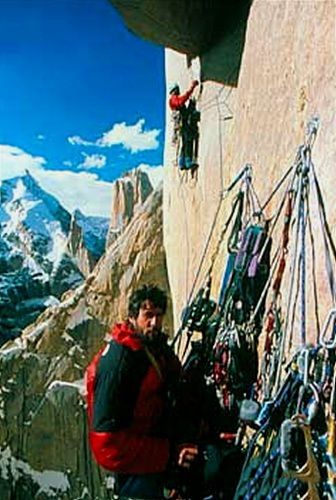
Thrill Level: ★★★
Skill Level: ★★★★
Cost Index: ★★★
Aid Climbing involves using gear not just for protection, but also for direct upward progress. Compared to free styles, it demands high proficiency with climbing equipment.
Aid climbing involves additional gear like étriers (aiders) and ascenders. Few climbers pursue aid climbing solely for itself; it’s typically employed on big wall projects.
A Big Wall Project resembles a massive undertaking. Climbers, like ancient pyramid builders, haul enormous loads: étriers, haul bags, portaledges, water jugs, pulleys, hammers, ascenders.
They endure like warriors, hanging for days on vast cliffs. Big wall climbing is arduous and dangerous, so aid climbing isn’t isolated but part of a larger project.
It requires mastery of techniques like aid placements, pendulum swings, jugging (ascending ropes), hauling bags, and setting portaledges.
It’s also essential for establishing sport routes on natural rock, or passing overly difficult sections on existing routes.
Aid climbing is indispensable for big wall climbs combining rock and alpine elements. On iconic walls like Yosemite or Patagonia, most climbers rely on intermittent aid to achieve their big wall dreams.
After all, climbers strong enough to pursue free climbing there, like the Huber brothers, are exceedingly rare.
9. Rope Soloing
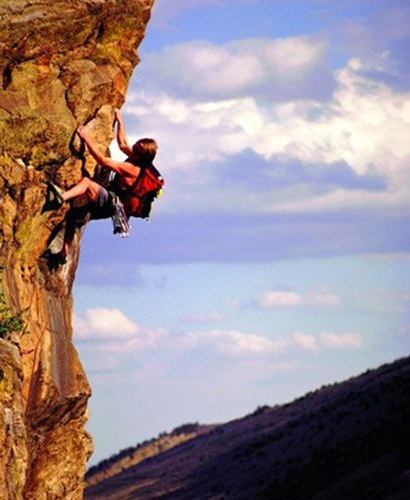
Thrill Level: ★★
Skill Level: ★★★★
Cost Index: ★★
Rope Soloing (Rope + Soloing) involves climbing alone using self-belay systems.
This style isn’t common and typically occurs in two scenarios:
1) Traveling solo to a climbing area with gear but no partner, or seeking solitude.
2) Encountering a route with a personal limit-pushing crux, allowing focused practice without inconveniencing others.
10. Street Bouldering

Thrill Level: ★★
Skill Level: ★★★
Cost Index: ★★
Bouldering, popularized globally in the mid-late 90s, involves climbing short rock formations (under ~6m) without ropes. It requires no harness or rope, relying solely on strength and technique. Street Bouldering extends this to urban environments: red brick walls, rusty frames, dark doorways, cold pipes.
Ordinary city structures, often overlooked, ignite urban boulderers’ desire and inspiration.
They climb sub-6m urban features without ropes. Like children, they possess keen eyes to find joy in climbing. While some suffocate in the city and flee, they revel in the concrete jungle.
Europe hosts irregular Street Bouldering Contests (SBC) since 2003.
Organizers pre-set routes on city structures, distributing maps. On event day, boulderers gather to climb and socialize, often late into the night.
11. SkyRunning / Climbathon (Mountain Running)

Thrill Level: ★★
Skill Level: ★★★
Cost Index: ★★
Mountaineering evolved as a human self-challenge. Early climbers focused on summiting via easiest routes (slopes, ridges, valleys). Seeking greater challenge, some turned to difficult rock faces, giving rise to rock climbing.
In the Alps, where climbing thrives, SkyRunning events attract world-class athletes racing to summit mid/low-altitude peaks in the shortest time.
Alongside mountain biking, endurance running, and paragliding speed descents, it’s a premier Alpine spectacle.
As the name implies, it’s about mountain speed. Many participants are marathoners or endurance runners.
Demanding immense fitness and skill, it quickly gained popularity, evolving into the World Championship under the International Skyrunning Federation (FSA).
Malaysia’s Mount Kinabalu International Climbathon and Japan’s Mount Fuji Speed Climbing are Asia’s sole events.
12. Dry Tooling

Thrill Level: ★★
Skill Level: ★★★
Cost Index: ★★★
Dry Tooling, emerging from Mixed Climbing and ice climbing, involves rock climbing while wearing mountaineering boots and crampons, using ice axes.
As a relatively new niche, Chinese climbers debated translations like “dry climbing” or “ice axe rock climbing,” but the English name prevails. It combines sport rock and ice climbing techniques, though unsuitable for pure crack or off-width routes.
Dry Tooling requires ice climbing axes; purists tackling hard routes often grind the front teeth into a flat edge for better hooking on small rock features.
This style rapidly wears out axes, deterring some ice climbers.
Watching videos of skilled alpinists hooking tiny cracks and edges with precision is astonishing: “So that’s possible!” In the West, Dry Tooling ability is key in assessing an ice climber’s overall skill.
Climbers use axes and crampons on overhanging ice pillars or ice separated by rock bands – once deemed unclimbable.
However, high-strength, lightweight, precise gear enables skilled climbers to transition freely between ice and rock without removing crampons or axes.
Using Dry Tooling techniques like hooking small departs can also bypass sections difficult in regular rock climbing.
13. Polar Climbing

Thrill Level: ★★★★★
Skill Level: ★★★★★
Cost Index: ★★★★★
Polar Climbing involves ascending big walls within the Arctic/Antarctic circles under extreme weather. Polar big walls, like Trango Tower, brutally combine mountaineering and rock climbing.
Polar climbers need exceptional skill, fitness, a fervent passion for adventure and climbing, and immense tolerance for cold and isolation – far from cities and consumer culture.
If Mixed Climbing is like special forces, Polar Climbing is the domain of battle-hardened veterans. It’s a luxurious pursuit. Merely reaching the poles is arduous and expensive.
Climbing big walls there, though lower altitude than Pakistan’s Trango Tower, involves harsher winds and cold.
Consider the masters on these lists: Greg Child, Alex Lowe, Mark Twight, the Huber brothers! In Nov-Dec 2008, Germans Alexander & Thomas Huber and Swiss Stephan Siegrist spent six weeks climbing in Antarctica’s Queen Maud Land.
Photos show the Huber brothers shirtless, muscular, against jagged red-black peaks rising like knife tips from endless ice plains, buried under 1500m of ice.
These sharp ice-rock formations include “Razor” and the Holtanna West Face, among Earth’s hardest and most beautiful walls. Even the Hubers often resorted to Aid Climbing here.
Though technically rated only 5.11/A4, the screaming polar cold is extreme. Baffin Island in the Arctic Circle is another famed polar venue.
Granite and gneiss ridges dominate its east. The Great Sail Peak boasts a 1200m+ wall. Reaching the Polar Bear Spire often involves a 40km canoe trip up the Clyde River – nearly as challenging as the climb itself.
Reaching Greenland’s Nalumasortoq requires a 320km dogsled traverse; if energy remains, a 15-day big wall ascent creates an unforgettable lifetime memory.
14. Cross-Country Running (Mountain Running / Trail Running)

Thrill Level: ★★
Skill Level: ★
Cost Index: ★
Mountains aren’t just for climbing; they’re for running. Mountain running is arguably the simplest, most direct, and accessible outdoor sport.
Only recently formalized, it has rapidly gained participants. In France, enthusiasts increase by ~20% yearly, with regional associations forming.
Similar to marathons, but conducted on slopes averaging 30 degrees, mountain running poses greater physical and mental challenges.
Mountain running races involve traversing varied natural terrain, offering participants the joy of mountain sports and deeper connection with nature.
Interestingly, over half the enthusiasts for this near-brutal sport are women.
Isabelle Guillot, three-time French and world champion mountain runner (a 35-year-old mountain teacher), advises:
“Never fight the mountain; success lies in adapting to its terrain.”
15. High-Altitude Ice Climbing
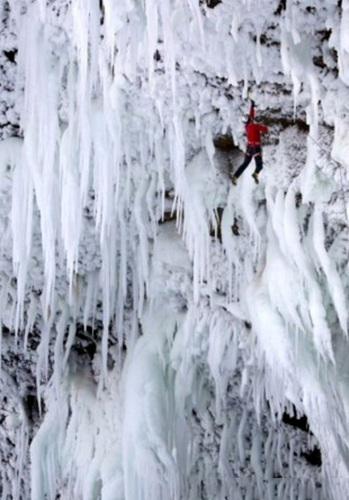
Thrill Level: ★★★★
Skill Level: ★★★★
Cost Index: ★★★
Ice climbing evolved from rock climbing and is essential for high mountain and snow peak ascents.
Now a specialized sport, it demands excellent anaerobic capacity and specific skills, making it rare at high altitudes.
In 2007, as the main Everest climbing season ended, climbers Elevenwolf (Shi Lang), Sun Bin, and Zidiyiyang (Zi Di Yi Yang) headed specifically to the Rongbuk Glacier’s ice serac region near Everest Base Camp.
After reconnaissance around 5800m, they focused purely on technical ice climbing, ascending the glacier’s ancient ice towers. Ice climbing at 5800m offers unique sensations and significance – while mountaineering is primarily aerobic, technical ice climbing is more anaerobic.
At such altitude, the feeling differs profoundly from low-elevation ice climbing. Overcoming high-altitude effects, they performed a ballet of passion and exploration on ice.





